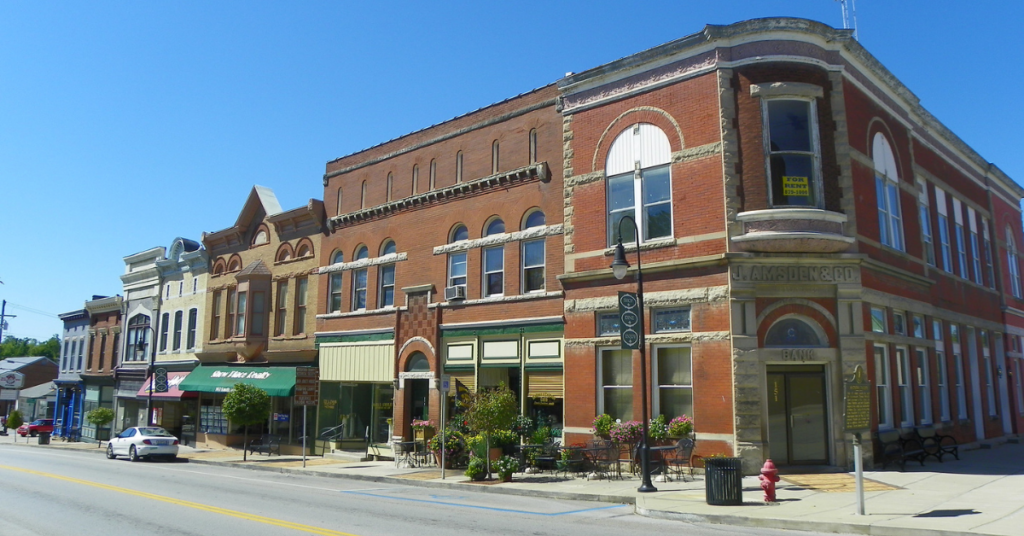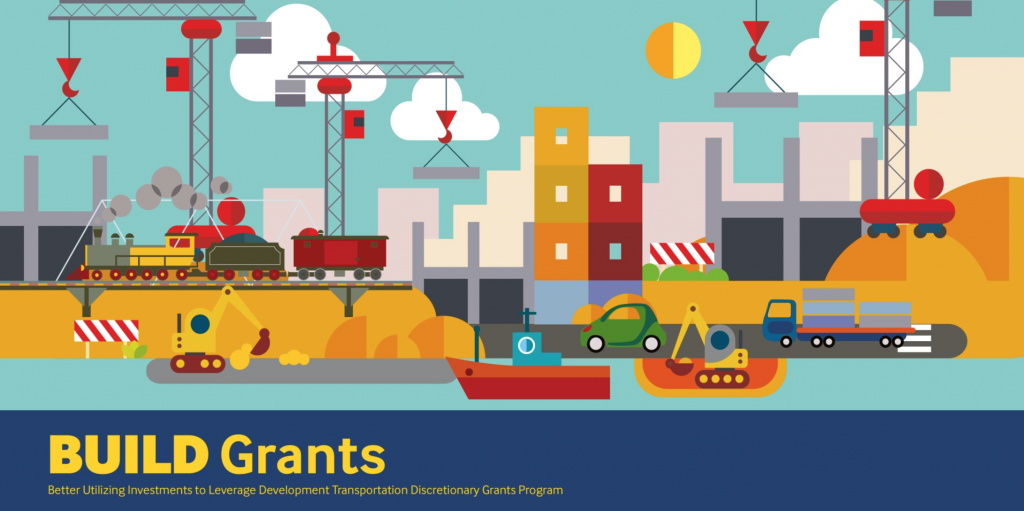
How TIGER/BUILD can help improve the federal transportation program

The third and final part of our analysis of 10 years of awarding transportation funds competitively through the TIGER/BUILD program illuminates three simple principles that should help guide reform of the federal transportation system.

Read the first two posts in the series (part one, part two) or download the full analysis.
The federal transportation program is in need of a major overhaul. America today is very different than the America of the 1920s. The interstate highway system as envisioned is now complete, new technology is changing the way people move almost daily, there is far greater awareness of the social impacts of car-focused transportation, and climate change is an urgent threat and transportation is the largest source of greenhouse gas emissions.
But the most glaring shortcoming is the total absence of a broader vision of what today’s program should accomplish tomorrow. While Congress has made small tweaks here and there over last few decades, the program as a whole largely fails to meet the needs of the modern day and the basic goal of the program is not clear. Its initial purpose was to build out the interstate system but that has been completed. What now? Is the purpose to keep the current system in a state of good repair? Reduce fatalities on our roadways by half? Ensure that Americans have access to the majority of regional jobs by car and transit?
If we can’t answer these questions of vision, goals, or purpose—if we don’t know why we are spending billions of dollars—it is hard to believe we will accomplish much of anything. Yet Congress is poised to come back to taxpayers and ask for more money, just to accomplish more of the same.
How can this 10-year experiment with awarding a small slice of federal transportation funds competitively to the best possible projects across a range of modes help guide the debate over how to reform the federal transportation program at large? As lawmakers move toward reauthorizing the long-term federal transportation law in 2020, here are three lessons we’ve learned from 10 years of TIGER/BUILD that we could apply to the broader federal program.
Competition for limited funds results in better projects
Competition for funding helps improve projects. The introduction of a flexible, competitive program has pushed applicants to go further, to dream big, collaborate effectively, and design better projects that meet a community’s needs. There are a handful of projects that failed to win funding in one year and came back in another with a stronger application and a recalibrated project and won funding. The BUILD program proves what’s possible when we focus on funding the best possible projects instead of relying on blind formulas to dispense money automatically.
Make funds directly available to local communities
Local governments are generally more in tune with community needs and the land-use implications of transportation projects than statewide entities. The BUILD program has given locals a much needed source of direct federal funding that should be emulated in the broader federal transportation program.
As our colleagues at Smart Growth America have shown, most state departments of transportation (DOTs) were initially created solely to build highways and have that DNA embedded deep in their culture and practice. And they don’t always share the same priorities of their local communities when it comes to choosing how to disburse the funding. Giving locals more of a say with how funds should be spent within their borders results in a transportation system that’s far more responsive to the real needs at a local level.
Incentivize transportation choice
The modern federal transportation program was designed to build the interstate highway system. Today, that system is complete but like a ship with a stuck rudder, federal policy lacks clear new direction and continues to focus primarily on doing the same thing: building roads. The result is a national transportation system that is heavily skewed toward private vehicle travel, often jeopardizing the safety of people walking, biking, and taking transit. But 10 years of BUILD have shown that there is great demand for multimodal infrastructure.
There’s no reason that the federal government should pay for a greater share of a road project than that of a transit project. Federal policy currently stipulates an 80 percent share for roads but a much lower amount for transit—usually around 50 percent. And when it comes to overall funding levels, again, there is no reason we should we should prioritize roads over other transportation options. If anything, transit projects should be prioritized in light of the great demand for more transportation choices, rising inequality, and climate change. The federal program should create more parity between the modes in terms of federal match and the overall funding levels.
Congress has a vital role in BUILD’s future
The greatest strengths of this program have always been found in the numerous ways it is different from other federal transportation funding programs. Over the past decade it has funded numerous projects that have stimulated investment in communities big and small across the country, many of which would have never happened without it. It hypothesized and tested a new model of funding smart projects: funds given directly, allowing more flexibility and innovation in approach, and encouraging teams of multiple partners on complex projects.
While the program still has the potential to continue to fund great projects, it will only do so if Congress stays diligent and ensures that USDOT executes the program as intended.
TIGER is not, nor was it ever intended to be, a roads program, a rural funding program, or just another vehicle for funneling more money without any accountability to state DOTs. It is wildly popular because it is multimodal, advances projects in urban and rural communities alike, funds projects that don’t easily fit in today’s narrowly defined federal funding silos, and is open to any public entity.
We should keep it that way.
Download the full analysis here
Sean Doyle was the primary author of this report for Transportation for America, with contributions from Beth Osborne, Scott Goldstein, Jordan Chafetz, and Stephen Lee Davis.



